calsfoundation@cals.org
XV Club
The fifteen members of the XV Club meet fifteen times a year for dinner and discussion of various important and interesting issues. Since 1904, more than 100 prominent citizens of Pulaski County have been part of this select organization.
The original XV Club (the name, derived from the Roman numeral fifteen, is pronounced “ex-VEE”) was organized in 1879 in Bowling Green, Kentucky. One of the founders of this group, Reverend John L. Caldwell, moved to New Orleans, Louisiana, in 1892 and then, four years later, relocated to Pine Bluff (Jefferson County), where he organized another XV Club. The Little Rock (Pulaski County) incarnation of the XV Club was organized January 7, 1904, at the suggestion of Carl E. Voss, a merchant who was aware of the Pine Bluff group. Along with Voss, the first members of the club were Colonel Harmon Liveright Remmel, a banker and business leader who several times ran as the Republican candidate for governor of Arkansas; Charles McKee, a Little Rock banker; and Charles E. Ferguson, a businessman probably involved in the lumber trade. The XV Club grew quickly to ten members and shortly thereafter reached the target size of fifteen. The constitution of the club states that its “object shall be social intercourse and the discussion of literary, scientific, historical, political, and all current topics.” The minutes of the first meeting, and many subsequent writings by or about the club, elaborate that its sessions are “cultured but not too cultured, literary but not too literary, political but not too political, scientific but not too scientific, funny but not too funny, serious but not too serious….”
Since January 1904, the club has met consistently fifteen times a year. Their schedule includes a long summer break for the months of June, July, August, and September. In October, the XV Club begins a new series of sessions. Each member hosts one meeting a year, usually at his house but on special occasions at a restaurant. Only rarely is liquor served, because temperance was one of the original guiding principles of the club. Members dress formally for the gatherings. While the meal is one highlight of the gatherings, their principal purpose is the classes. Each member makes one presentation each year. The first presentation, in January 1904, was on the Panama Canal. Other presentations that year included the race question, liquor laws, cotton, Russia and Japan, the modern school, the Monroe Doctrine, and Oliver Cromwell and his times. Over the years, other presentations have been biographical (Benjamin Franklin and Napoleon being frequent subjects), geographical (Hawaii, Japan, and Russia often being considered), historical, topical, political, or humorous. One four-meeting sequence in November and December 1986 featured, consecutively, Iran, America’s Cup, King Arthur of Camelot, and garlic. The January 20, 1938, presentation is still fondly remembered for its title, “The Human Mind: Its Cause and Prevention.” While the original constitution called for talks of forty-five minutes, with discussion to follow, current rules have shortened the presentations to thirty minutes, with responses of no more than five minutes per member following. Traditionally, wives are invited to attend the first session in October, which is called “Ladies’ Night.”
Two offices rotate through the membership: the Squire, who acts as president of the organization for a year, and the Scribe, who acts as secretary. Minutes are preserved in sets of fifteen years. Members are designated by number, I through XV, and when a vacancy occurs and is filled, the new member receives the number of the previous member who has vacated the position. Vacancies occur at the death of a member or his resignation due to leaving the area or inability to continue attending. These vacancies are filled through nominations by the remaining members and voting by the entire assembly. Candidates are not notified in advance whether they are being considered. One vote of no is sufficient to exclude a potential member. When a member is unable to attend a scheduled meeting, a guest may take that member’s place, so that the number of persons present will always be fifteen.
Members of the XV Club have included attorneys, bankers, business owners, clergy, medical doctors, educators, judges, merchants, and politicians. Three governors of Arkansas have been members of the XV Club: Charles H. Brough, Ben T. Laney, and John E. Martineau. Other prominent members have included attorney and banker Richard C. Butler, newspaperman J. N. Heiskell, Arkansas Chief Justice Griffin Smith, Congressman David D. Terry, architect Charles L. Thompson, and Federal Judge Jacob Trieber. Although the constitution of the XV Club has never restricted membership due to age, gender, or race, the membership has always been men, either immigrants from Europe or of European descent. Members have included Republicans and Democrats. Not all the biographies of members mention church affiliation, but those that are mentioned are predominantly Episcopalian, Methodist, or Presbyterian (a notable exception being Judge Trieber, who was Jewish). Minutes from the 100th anniversary meeting indicate an awareness that recently women had been guests at occasions other than Ladies’ Night and that at some time a woman might be elected to join the XV Club.
For additional information:
Johnson, Scott A. “A century of XV.” Arkansas Democrat-Gazette, January 18, 2004, pp. 4D–5D.
Lewis, Bill. “XV Club: Unerring Tradition for 75 Years.” Arkansas Gazette, January 28, 1979, p. 1D.
McCord, Robert. “Fine food and research mix at the XV Club.” Arkansas Gazette, April 3, 1990, p. 11B.
Parins, Marilyn Jackson, ed. The XV Club First Hundred Years, 1904–2004. Little Rock: XV Club, 2005.
Teske, Steven. “The XV Club.” Pulaski County Historical Review 63 (Summer 2015): 61–63.
XV Club Papers. Center for Arkansas History and Culture. University of Arkansas at Little Rock, Little Rock, Arkansas.
Steven Teske
North Little Rock, Arkansas
 Arts, Culture, and Entertainment
Arts, Culture, and Entertainment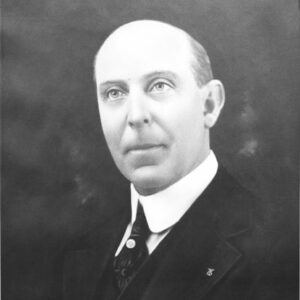 Charles Brough
Charles Brough 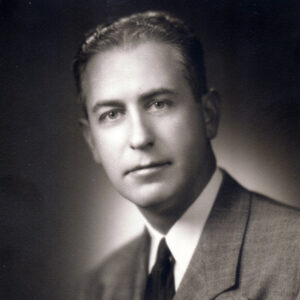 Dick Butler
Dick Butler 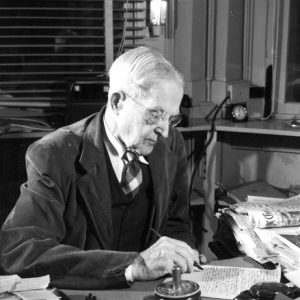 J. N. Heiskell
J. N. Heiskell 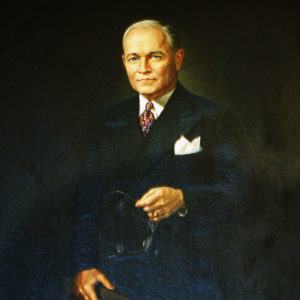 Ben Laney
Ben Laney  John Martineau
John Martineau 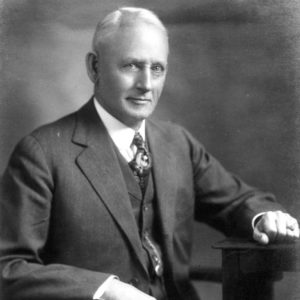 Harmon Remmel
Harmon Remmel 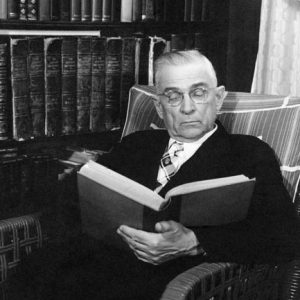 Charles Thompson
Charles Thompson 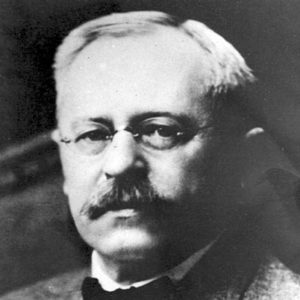 Jacob Trieber
Jacob Trieber 




Comments
No comments on this entry yet.